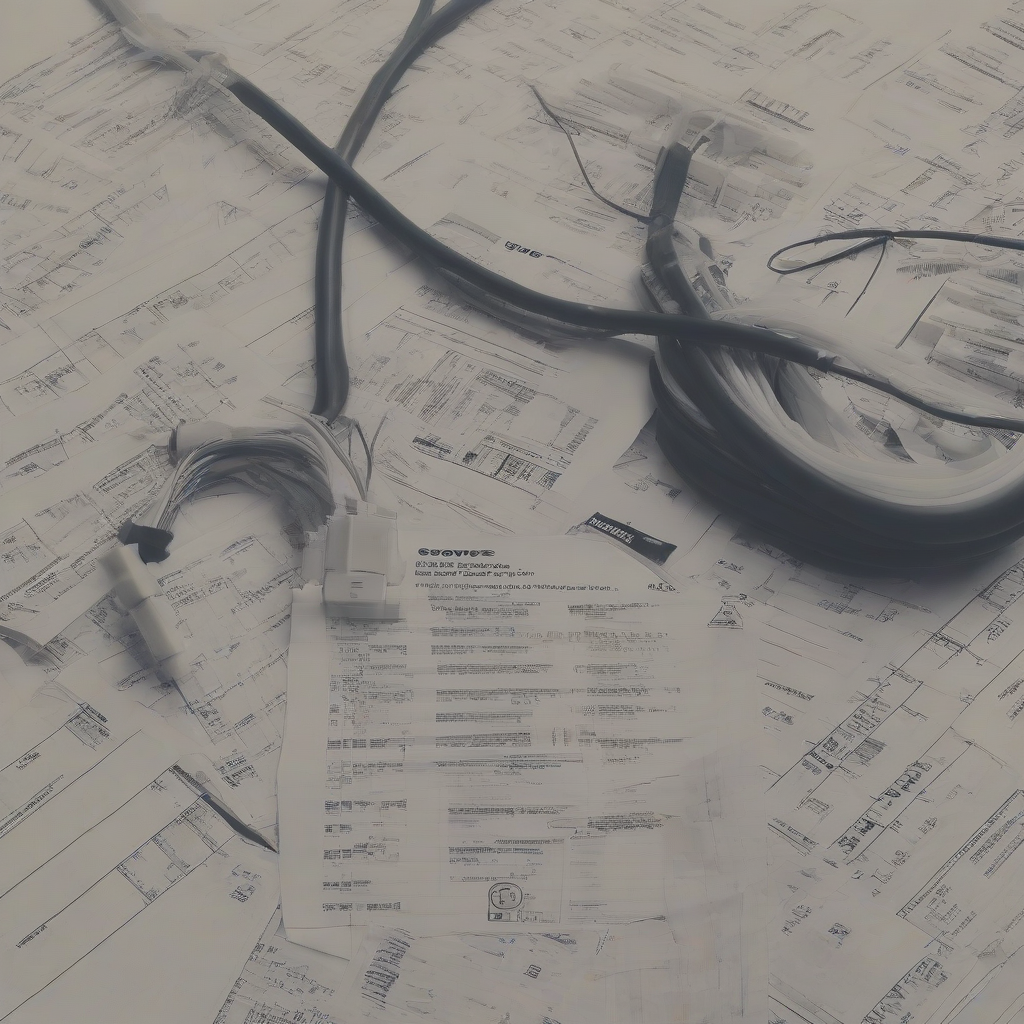PLCs in Education: Equipping the Next Generation for Automation

PLCs in Education: Equipping the Next Generation for Automation
In today's increasingly automated world, understanding programmable logic controllers (PLCs) is essential for students pursuing careers in various industries. PLCs are the backbone of automated systems, controlling everything from manufacturing processes to building systems and traffic lights. Integrating PLC education into curricula prepares students for a future driven by technology and automation.
What are PLCs?
PLCs are industrial computers specifically designed for automation applications. They receive input signals from sensors and actuators, process them according to programmed instructions, and generate output signals to control machines and processes. PLCs offer several advantages over traditional electromechanical control systems, including:
- Flexibility: PLCs can be easily reprogrammed to adapt to changes in production requirements or system configurations.
- Reliability: Designed for harsh industrial environments, PLCs are robust and reliable, minimizing downtime and ensuring consistent operation.
- Efficiency: PLCs optimize processes, reducing waste, improving productivity, and lowering operating costs.
- Safety: PLCs can implement safety measures to protect workers and equipment.
The Importance of PLC Education
As automation becomes increasingly prevalent, the demand for skilled PLC technicians and engineers is growing rapidly. PLC education equips students with the knowledge and skills necessary to:
- Understand PLC programming languages: Students learn to write code that instructs PLCs to perform specific tasks.
- Configure and troubleshoot PLC systems: Students gain hands-on experience in setting up, testing, and resolving issues with PLC systems.
- Integrate PLCs with other automation components: Students learn how to connect PLCs to sensors, actuators, and other devices to create complete automated systems.
- Apply PLC technology in various industries: Students develop the skills to work in manufacturing, robotics, building automation, and other sectors.
Integrating PLC Education into Curricula
There are several ways to incorporate PLC education into educational programs:
- Dedicated PLC courses: Offering specific courses on PLC programming, operation, and maintenance provides students with a comprehensive understanding of the technology.
- Hands-on training: Providing access to real-world PLC systems and training equipment allows students to gain practical experience.
- Industry partnerships: Collaborating with local industries can provide students with opportunities for internships, apprenticeships, and exposure to real-world applications.
- Project-based learning: Engaging students in projects that involve designing, building, and implementing PLC-based systems fosters creativity and problem-solving skills.
Benefits of PLC Education for Students
PLC education provides students with numerous advantages, including:
- Enhanced job prospects: Acquiring PLC skills opens doors to a wide range of in-demand careers in various industries.
- Higher earning potential: Professionals with PLC expertise often command higher salaries compared to those without.
- Improved problem-solving abilities: PLC programming requires logical thinking, analytical skills, and the ability to troubleshoot complex problems.
- Increased technological literacy: Understanding PLC technology equips students with valuable knowledge about automation and its impact on various industries.
Conclusion
PLC education is crucial for preparing the next generation for a future driven by automation. By integrating PLC training into educational programs, students gain the skills and knowledge they need to succeed in a rapidly evolving job market. Embracing PLC education empowers students to contribute to a more efficient, productive, and technologically advanced world.
What's Your Reaction?

















